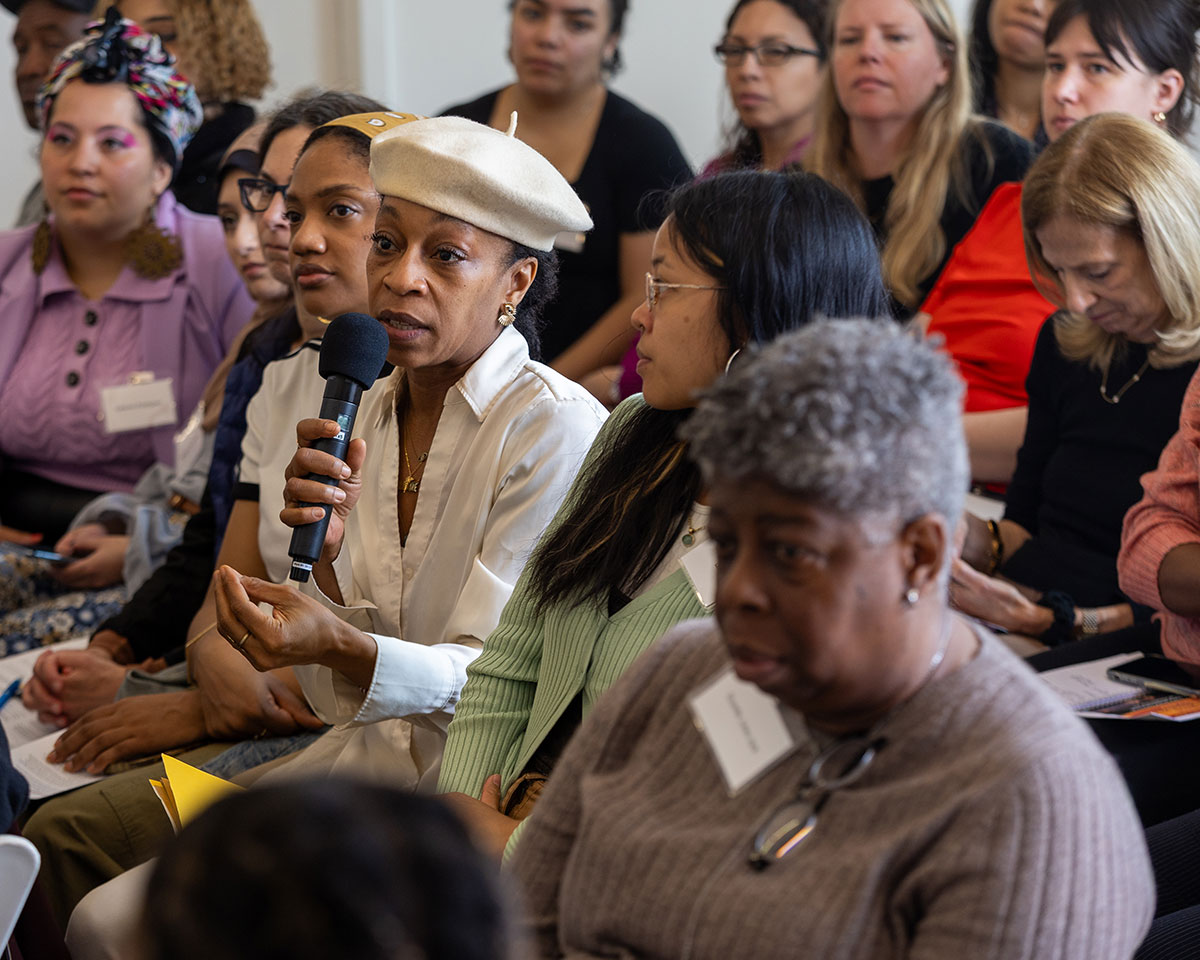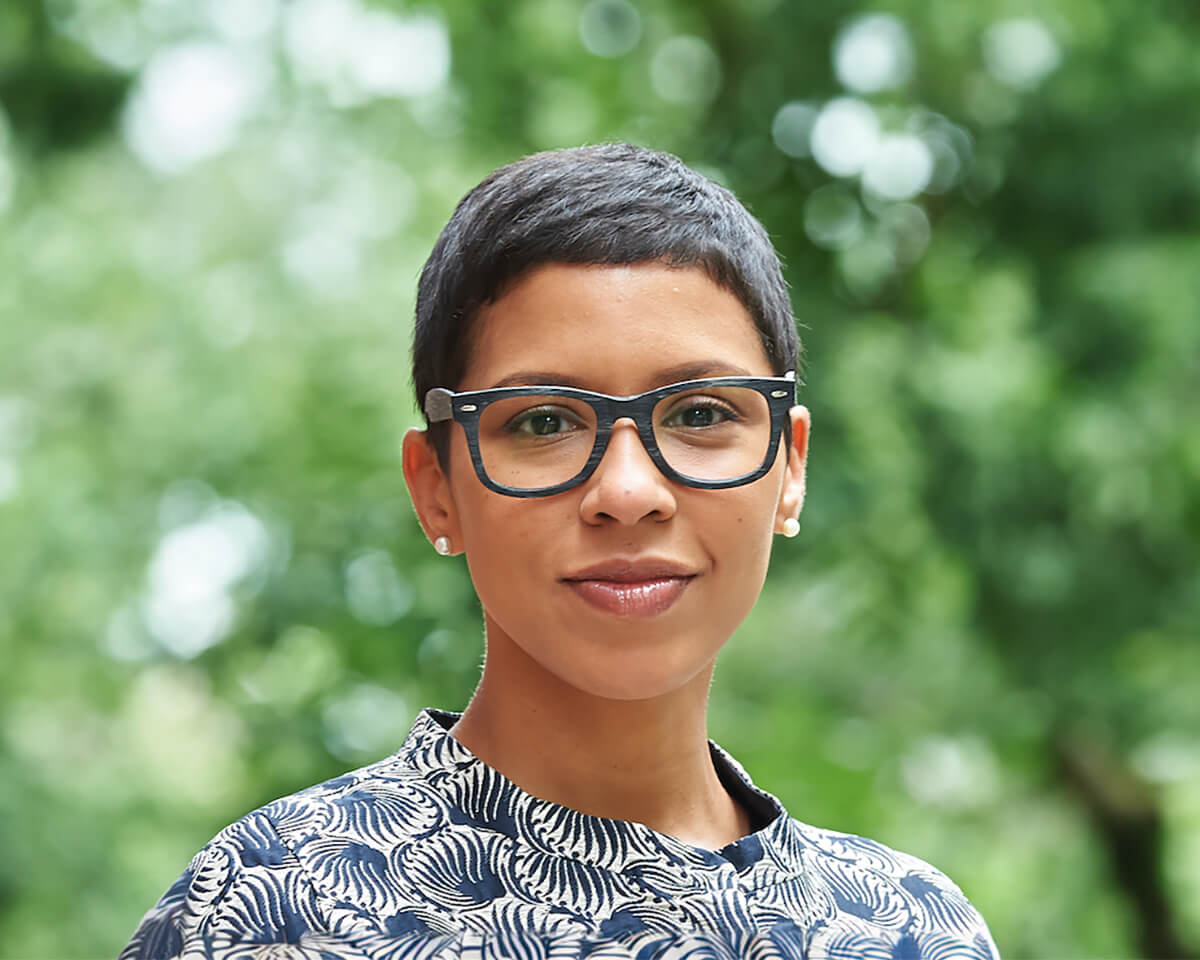In 1803, Haitian rebel forces won their country’s independence from France during the Battle of Vertières, a scrappy scrimmage during which former slaves defeated Napolean Bonaparte’s powerful army and reclaimed their freedom. In so doing, Haiti became the first modern state to abolish slavery and the first state in the world to be formed from a successful revolt of the lower classes.
Jean Eddy Saint Paul, director of the CUNY Haitian Studies Institute, housed at Brooklyn College, knows the story and its significance all too well. So why, he wonders in the preamble to a new art exhibit, “after 215 years, are Haitian citizens unable to access a dignified life? What are we to do beyond Vertières?”
Saint Paul is hoping to explore responses to these questions with the exhibit “Beyond Vertières,” which is currently on display in the Brooklyn College library through January 10. It features the work of six Haitian artists who explore, in bold colors and rich texture, many aspects of Haitian life and history from that epic battle more than 200 years ago, to everyday market life on the island today, to the earthquake that devastated it in 2010.
Patricia Brintle contributed a trio of thick black-framed pieces that celebrate the role that women played in Vertières. In her 2012 painting titled Marie Jeanne Lamartiniere, Brintle depicts a barefoot, sword-bearing woman on a rampart who refuels Haitian soldiers with food and ammunition during a particularly tough phase of the fighting. Another piece, Catherine Flon, portrays the woman who sewed the new Haitian flag, which was stripped of the French flag’s white center fabric, as legend has it, by Jean-Jacques Dessalines, the leader of the revolution. (“As an artist, I liked the myth of the story,” said Brintle). And there’s Défilée la folle (or, mad woman) a painting that features a woman by the name of Dédée Bazile, who had been enamored of Dessalines and gathered and buried his desecrated remains after his body was, years later, dismembered by a mob.
“These are the three women that I think epitomize what it is to be a woman and to love your county and to fight for your country in any way that you can,” said Brintle at the exhibit’s November opening, which coincided with the anniversary of Vertières, still celebrated in Haiti as a Day of Victory.
Tara Boirard contributed two pieces on modern-day slaves, or restaveks, as child domestic servants are called in Haiti. Her 2018 acrylics with pastel and charcoal on linen, companion pieces titled Pourquoi Vertières and L’Enfant Restavèk: Pourquoi Vertières, depict wide-eyed children with piercing gazes. One has a barcode on her neck.
“With these pieces, it’s as if to say that that battle was incredibly important, but we didn’t win the war. And that’s a war that we are continuing to fight against slavery,” said Boirard. “It’s to kind of draw attention and to say we won the battle for children and to look into the future, but [to remember that] children are also slaves and to keep up the fight.”
Saint Paul said he is hoping that visitors to the exhibit come away with a more nuanced understanding of Haitian art, culture, history, and politics.
“We are using the Haitian Studies Institute to serve as a platform to provide a counter-narrative on Haiti,” he said, noting that the United States did not recognize Haiti’s independence until decades after Vertières because of pressure from France. “Even the current president of the United States still speaks badly of Haiti. So I wanted to use the art exhibit and all of the things the institute is doing to re-educate our campus.”
The Haitian Studies Institute is an academic unit founded to encourage and support studies on Haiti and Haitians living abroad. The institute’s main commitment is to engage in analysis and research to better understand policies and projects about Haiti and the Haitian community, and policies that link scholarship programs on Haiti to social actions impacting the lives of Haitian populations and other racial and ethnic communities.


